
In the Industry 4.0 transformation, companies are increasingly investing in collecting and generating data from Internet of Things (IoT) networks. The development of 5G networking technology, artificial intelligence (AI) and machine learning contributes to accelerating the journey towards fully automated smart factories, smart cities, autonomous vehicles and many other areas.

Fast Data is the amount of data collected, transmitted and processed in real time from many sources, including: mobile devices, sensors, surveillance cameras. The number of sources can be up to hundreds, even millions of different devices. Fast Data is characterized by low data capacity but requires fast processing, low latency and continuity.
Applications and software play an important role in optimizing the ability to analyze and process Fast Data. In addition, the selection of hardware and storage devices must meet the requirements of speed, latency, reliability, and be able to operate in harsh conditions and environments.
Fast Data currently has potential applications in two main areas, including autonomous vehicles and security surveillance drones.
Self-driving cars
Autonomous vehicle systems require high performance and the ability to efficiently manage large amounts of high-speed data from sensors, infotainment systems, operating systems, and maps. Sensor data will make up the largest portion of vehicle data storage, with most data coming from advanced driver assistance systems (ADAS) and vehicle-to-environment (V2X) communications.
Some of the capacity will be reserved for multimedia entertainment, games, voice AI applications and other features. Additionally, “black boxes” will become a legal and safety requirement by regulators.
Unlike current 2D navigation maps, high-definition (HD) maps differ greatly in update speed, positioning method, and amount of data collected. Due to the high frequency of data updates, HD maps often use real-time online updates via 5G mobile networks. The map includes static, semi-static, semi-dynamic, and dynamic layers; the base static layer is updated monthly or as needed.
Nand flash storage solutions play a key role in autonomous vehicle systems, providing fast boot-up and data storage to record critical events, store AI models and HD maps. Systems will need to process more data at high speed and reliability as vehicles become more intelligent.
Security surveillance aircraft (Drone)
With an average flight time of around 30 minutes, the amount of new data that can be saved is at least 150 GB. With high-resolution maps, 3D models and AI integration, much more data will be generated.
MicroSD cards are still the primary storage device in drones. However, to provide higher storage capacity and speed, some specialized drones are implementing embedded eMMC, UFS, and even SSDs for some special purposes.
Future AI-enabled drones with autonomous capabilities and longer flight ranges will require higher storage capacities. This will be accompanied by requirements for advanced HD map navigation, higher resolution captured data (4K video , images) and other data.
Fast Data storage solution of the future
In the above two applications, as well as in other real-time data analysis areas, the gap between storage devices and data computation and analysis is tending to be closer together, even to local storage right on that device.
In addition to traditional storage forms such as embedded nand flash memory, memory cards and SSDs, some units apply storage solutions with new technology, larger scale, capacity and faster speed. A typical example is the WD Ultrastar Data24 storage using NVMe-over-Fabric (NVMe-oF) technology. This is a high-speed 100 Gbps storage system, with a capacity of up to 368 TB, which is directly connected to edge servers to store and analyze Fast Data in real time.
Data has a lot of potential in the future. Most units are looking for ways to collect and create more value from it, including the combination of people and machines. Storage infrastructure is a part that helps to take advantage of the value of data. Choosing the right storage devices and solutions will help optimize investment and operating costs, opening up new opportunities in business. In particular, NVMe-oF technology is considered the Fast Data storage solution of the future.
Doan Phong
Source


![[Photo] National Assembly Chairman Tran Thanh Man attends the VinFuture 2025 Award Ceremony](/_next/image?url=https%3A%2F%2Fvphoto.vietnam.vn%2Fthumb%2F1200x675%2Fvietnam%2Fresource%2FIMAGE%2F2025%2F12%2F05%2F1764951162416_2628509768338816493-6995-jpg.webp&w=3840&q=75)



![[Photo] 60th Anniversary of the Founding of the Vietnam Association of Photographic Artists](/_next/image?url=https%3A%2F%2Fvphoto.vietnam.vn%2Fthumb%2F1200x675%2Fvietnam%2Fresource%2FIMAGE%2F2025%2F12%2F05%2F1764935864512_a1-bnd-0841-9740-jpg.webp&w=3840&q=75)



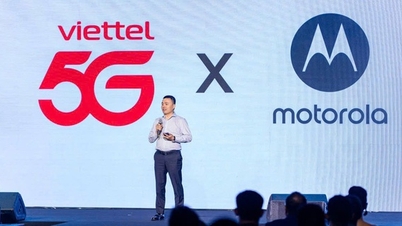














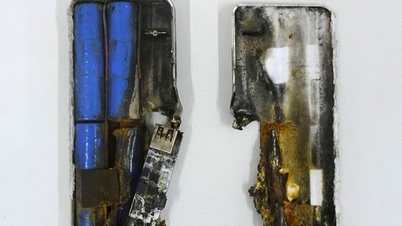






















































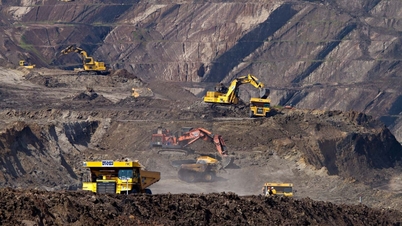







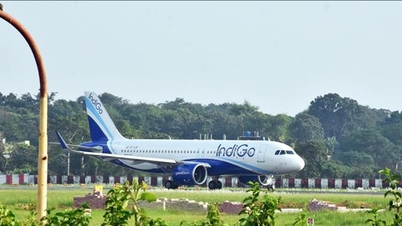


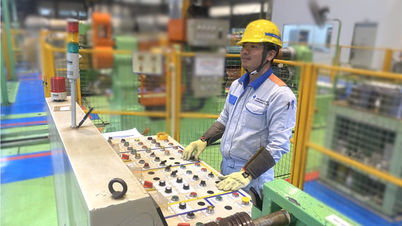



















Comment (0)